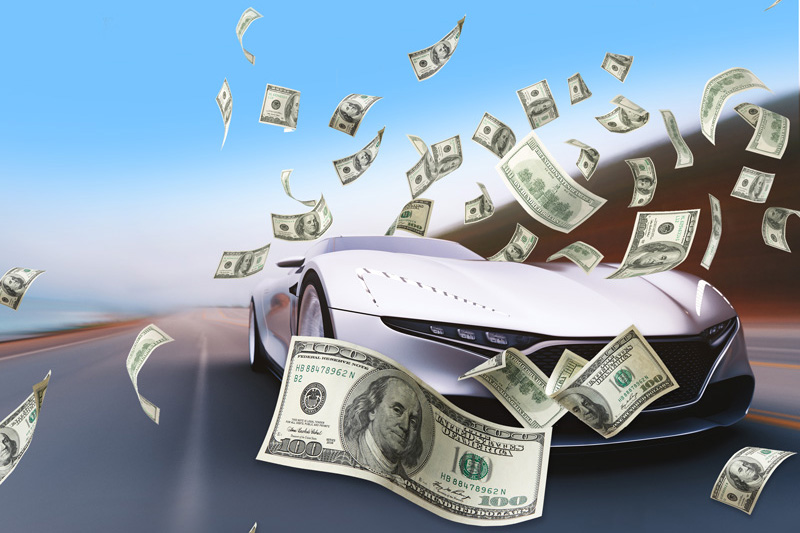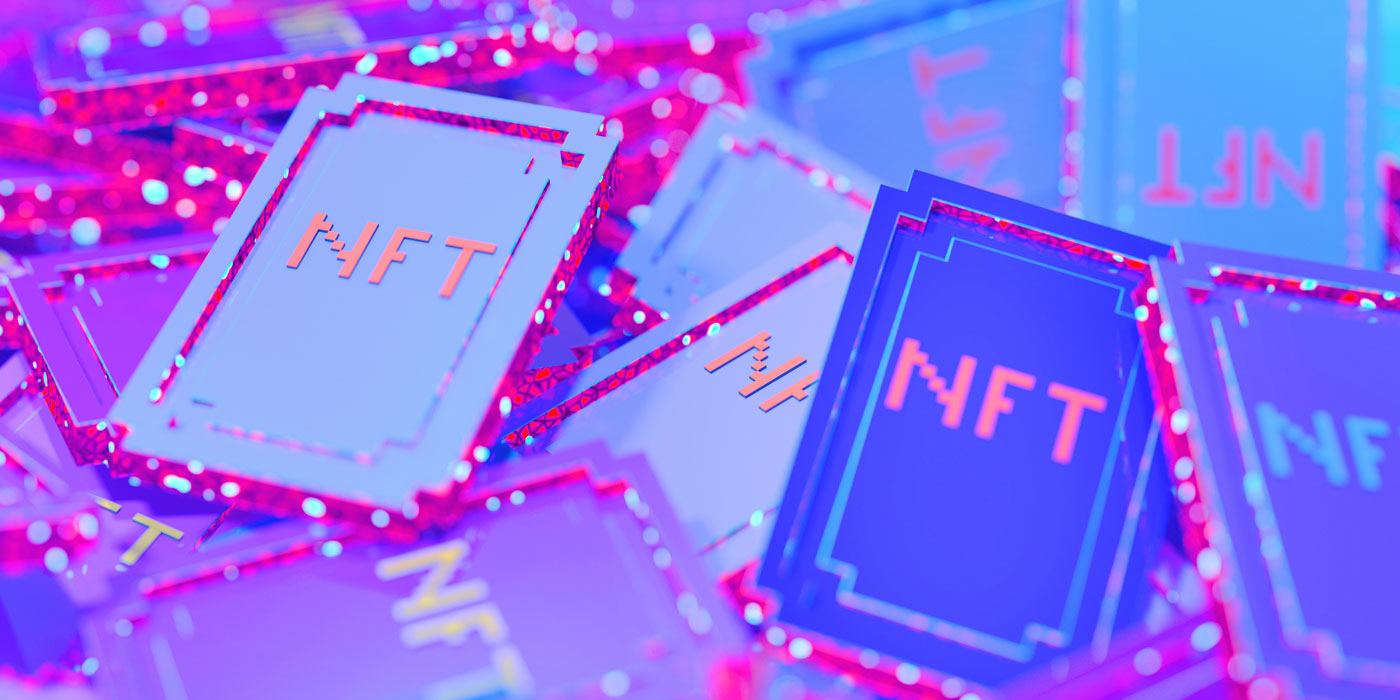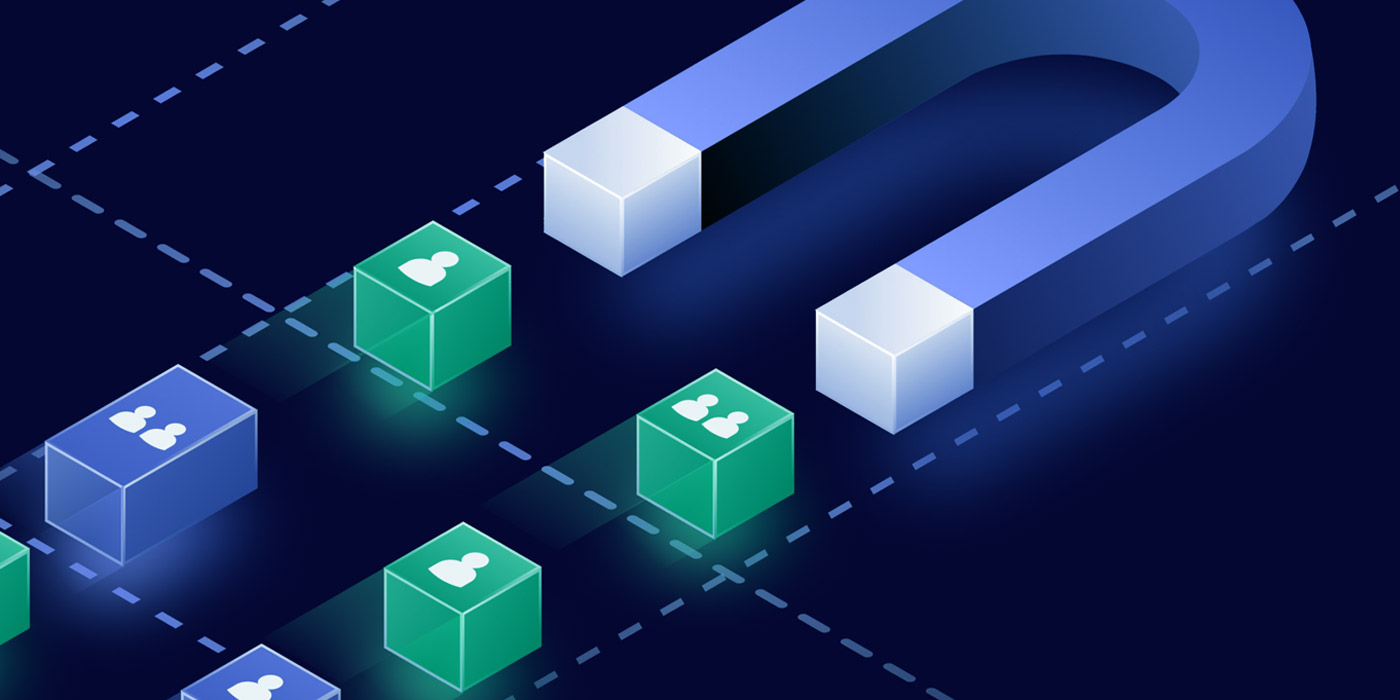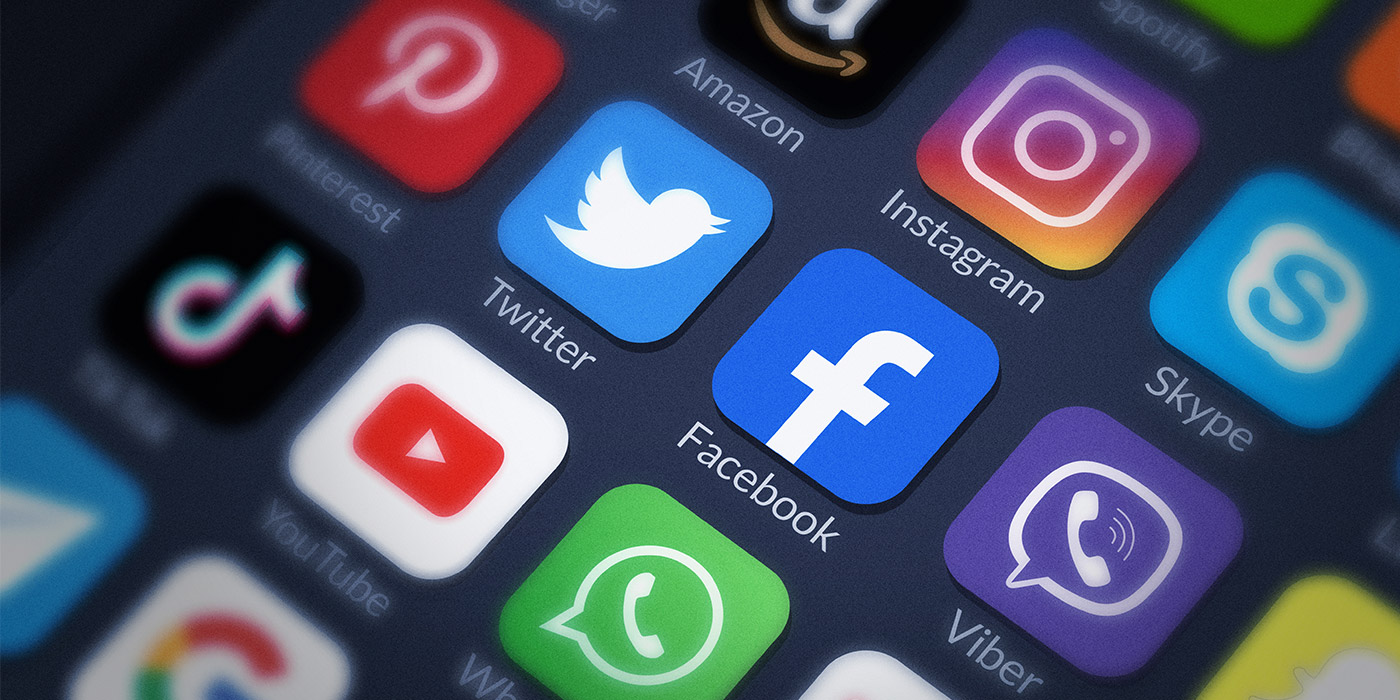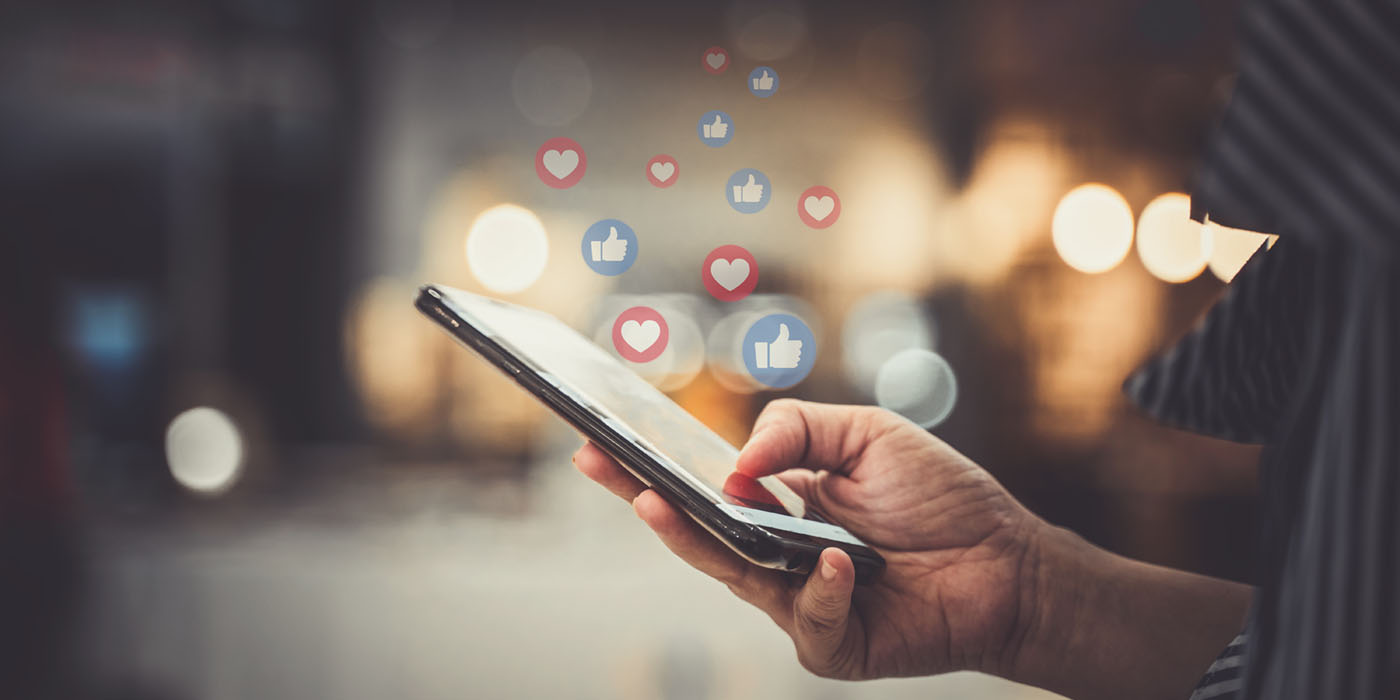Every business’ goal is to attain loyal customers. But, every business has a different way of going about achieving that goal. Certainly, the products or services you offer must be top-notch, and you must provide outstanding customer service to create a customer experience that keeps patrons from defecting to the competition. But, once you have them hooked, how do you get them to come in more often?
“The primary motive behind a loyalty program is to retain customers by rewarding them for their repeat purchase behavior,” Dean Lecky, vice president of sales with Micrologic Associates, says. “There are several studies which show that there is a direct relationship between loyalty and retention rate. Some examples of these are that the loyal customers tend to spend more, frequent more and will increase the overall revenue. In addition, the cost to retain a loyal customer is significantly less than acquiring a new one.”
Loyalty programs, when leveraged properly, are a key tool that can change customers’ behavior. Without having an incentive or understanding the benefits of frequent washing, the average customer may get a single carwash (and a basic one at that) every few months. But, if you can strike a balance between offering what seems too good a deal to be true and getting an uptick in your revenue, then it’s a win-win situation.
Loyalty versus membership
Loyalty programs have evolved over the years, but it’s important to note that there is a major difference between a loyalty program and a membership program.
“In the past, a customer would receive a punch card that would have ‘Buy X amount of washes and get one free.’ Current computer systems can now track the usage by the use of a loyalty card or RFID technology,” Lecky explains. “The most recent option is to give customers points for each dollar that they spend. Customers who spend more will earn loyalty points faster.”
However, it could still take months for a customer to purchase all these washes, so while both the discounting and points accrual forms of loyalty programs help ensure the customer will return, it doesn’t necessarily change their washing habits.
Hence, the problem: Both types of loyalty programs rely on the whims of the customer. You may have provided some incentive, but you haven’t necessarily changed his or her behavior. Membership programs, on the other hand, earn you money regardless of the customer’s behavior. Whether a customer washes once or five times a month, you are still earning the same amount from that person month over month.
“There’s not a sort of one-to-one relationship between a loyalty program and revenue as there is with a membership program. Membership programs are a form of loyalty program in a certain sense, but it’s a direct line to revenue,” Max Pulcini, director of communications and marketing at EverWash, states.
Because membership programs are so tied to revenue, they open more financial doors for you. Potential lenders can look at a spreadsheet and see guaranteed revenue each month, making an investment in your business less risky.
“When you’ve got a successful membership program, what it allows you to do is get loans, expand your company, buy new locations, etc. — things that simple loyalty programs can’t do,” Pulcini adds.
Furthermore, Pulcini notes, washes with membership programs that decide to sell often receive higher offers and sell easier, since a new owner can also look at a balance sheet and see that direct tie between the membership program and recurring revenue.
Reasons to have a membership program
Aside from building a solid customer base, loyalty programs are also the key to positive, free marketing. After all, if customers feel they are getting a great deal out of a loyalty/membership program, they will be sure to tout it.
“One of the things that loyalty also creates is word-of-mouth recommendations, which is the most powerful way to gain more customers,” Amy Olson, graphics and marketing generalist for WashCard Systems, asserts.
Furthermore, membership programs help owners combat a carwash’s worst foe: the weather.
“A prepaid loyalty system is best viewed as an insurance policy for wash operators,” explains Joe McEwan, marketing manager for Hamilton Manufacturing Corp. “Even if the sun is shining today, a forecast of rain tomorrow can often affect a customer’s decision to wash. Their perceived value of a carwash is affected drastically by the weather, and that puts operators in a difficult spot, considering they have no control over the elements.”
Related: Infographic: 7 ways to manage unlimited wash programs
Another way that membership programs help owners is by giving them the ability to have a relationship with their customers, according to Shane Larsen, chief coin slayer at Coinless Mobile. Having a loyalty program grants you access to customer names and contact information. Attendants can now greet and address customers personally, and your company will have the ability to market directly to your patrons.
“When they’re willing to commit to you, you can definitely commit more efforts to them, giving them benefits and even creating customized marketing campaigns,” Larsen says.
Finally, membership programs prove particularly lucrative with fleet accounts. Businesses with fleets need their vehicles to look good and function well to both make a positive impression on their own customers as well as stay in service for long enough to get the most out of what these companies paid for them. They are willing to pay well for guaranteed, routine cleaning. If you have one or more fleet accounts but don’t have a membership program, you could be missing out on thousands of dollars in certain revenue per year.
“One of the biggest benefits our customers see is taking advantage of business-to-business (B2B) — or fleet — accounts, which work across all platforms,” Olson says. “This creates the largest amount of revenue for operators. It’s not always about the discount or loyalty factors for the fleet manager — it’s knowing the car gets washed and having easy access to reports of when washing was done.”
Loyalty programs for IBAs and self-serves
As far as membership programs go, one of the most common types is the unlimited wash program that tunnels typically employ. These carwashes will use one of two systems: an RFID reader or a license plate reader (LPR). RFID readers require giving patrons RFID stickers to put on their windshields so that when they pull up to the kiosk, the reader will scan the sticker and let them through. LPRs need only read a license plate before letting a customer enter. Not only do these methods increase throughput, since there is no lingering at the kiosk, but they are also difficult to manipulate or abuse, since they are tied to specific vehicles.
While it’s possible for in-bay automatics (IBAs) and self-serves to offer unlimited programs, it is substantially harder and not always recommended. The problem for IBAs is that these carwashes are not always staffed. As for self-serves, defining what counts as a “wash” when providing unlimited washes is tricky, since washes are so customizable.
“While IBAs can also use RFID programs, a common struggle has been timely completion of new customer accounts at sites that are not always staffed,” McEwan explains. “This is where an app-based loyalty program can really be of benefit, as the entire sign-up process can be completed by the customer without any need for employee interaction.”
App-based solutions solve many of the problems associated with loyalty programs at IBAs and self-serves. For self-serve carwashes in particular, Larsen explains, “The model that seems to make the most sense to us is if you just use dollar amounts as credits.”
For instance, if customers commit to preloading a certain amount of money every month for the carwash on the app (not unlike purchasing a monthly membership), the self-serve carwash not only has guaranteed revenue, but it can also reward the customer by giving extra money/credits in return for his or her loyalty.
For instance, let’s say a customer agrees to load $20 per month. The carwash can then grant the user an extra $20 for the month. These numbers are all customizable on both the customer and business end, which allows customers to determine the maximum they would spend at a carwash per month. Whether the customer uses all of that money in one month or not is ultimately up to him or her. As with unlimited tunnel washes, some will wash as much as they can and some won’t.
According to Larsen, another perk that customers love about some app programs is being able to control the purchasing process from inside their toasty cars in the winter.
“People who use the automatics in the winter love that they don’t have to roll their window down. They just roll up to the in-bay automatic, and they pull out their phone and turn everything on without lowering their window down,” Larsen explains.
Marketing and managing loyalty programs
Not all carwashes will have on-site attendants to sell a loyalty program, and even if they do, not all customers will want to talk to the attendant at that time about the program. Therefore, what the experts we interviewed all agreed on was that it is greatly important that a carwash have both a website and social media presence to help sell the program.
“Many operators will overlook this in today’s world, which is unfortunate because it is a huge help in providing information about their location as well as the available loyalty options they have,” Olson states.
In fact, Pulcini notes that for about half the carwashes his company has worked with (both IBA and tunnel), the company has either built or modernized the carwash’s website and Facebook page. “The majority of operators out there aren’t utilizing social media to the level that they should. That’s critical to a successful program, [and I think it] gets overlooked, not because I think they don’t understand the importance of it, but in a lot of cases, it’s just resource constraints. They don’t have time in most cases to sit and formulate a strategy for social media.”
It can be easy to let marketing and branding slide when faced with the day-to-day operations of a carwash. Comparatively, marketing might seem like a luxury for when you have some time (if ever). However, marketing is critical both for a wash and a loyalty program; therefore, Pulcini says, if time is a factor, carwash owners should find a loyalty program company that can provide sample social media posts and other such digital assistance.
Of course, you also need to utilize your point-of-sale (POS) and payment systems. “One of the most efficient ways to let potential customers know about the benefits available to them is to literally put it in a place they cannot ignore — the touchscreen of a pay station. Whether it’s a short promotional video with a call to action or a menu item that allows them to purchase loyalty membership, this is a great way to ‘hook’ customers,” McEwan says.
App-based systems can also help with marketing in a different way: through customer reviews.
Larsen provides the following example: While the customer has the app open at the carwash, it can ask him or her to rate the wash experience. If that experience is low, such as one or two stars, it can provide the telephone number of the owner/carwash contact and ask the customer to call that person immediately to resolve the problem. This takes care of problems before they spiral out of control, hopefully bettering a customer’s experience and leading to a change in those negative reviews.
However, there will inevitably be times when you lose customers from your program. “As the program evolves, you will need to manage your churn rate (loss of customers),” Lecky notes. “Most recent technology can provide a way to automatically update the customer’s credit card if it has been replaced due to the card being lost or stolen. This allows for the focus to be on growing the program versus chasing inactive customers that have been declined and become inactive.”
Selling your carwash … and its membership program
As mentioned earlier, having a membership program can increase the value of your wash in a prospective buyer’s eyes. Depending on the type of loyalty program you have — app-based or POS-based — a sale can either be very easy or a little more complicated, but in either case, it never need impact the customer.
With app-based systems, as long as there is communication between the buyer, seller and membership-program manufacturer, a sale can be as simple as a transfer in ownership name and ID number, Pulcini and Larsen note. Members can be informed via the app about any changes they can expect to see in prices, naming, etc. On the consumers’ part, there is little to no interruption.
Whether app-based or not, communication is critical when handling the sale of a carwash and its membership program.
Related: Wash Wisdom: 7 tips for selling your business
“Generally, most transfers can happen without interruption to the customer, but again, this all depends on communication. Sellers and buyers need to communicate and agree on things such as current prepaid balances. If there are outstanding balances available on loyalty cards, who does the money go to? In some cases, we’ve seen well over $50,000 sitting out there, and that money needs to be agreed upon who it goes to at the end of the day,” Olson says.
Other challenges can arise if a chain, for instance, is only doing a partial sale, selling only a few locations. Again, these specifics need to be communicated to make sure the proper accounts are set up beforehand so the transfer goes smoothly.
“If, at any point, an operator is thinking about selling his or her location, it is critical that he or she pass this information along to the business maintaining any credit card, loyalty card or mobile app information for the sale and transfer to happen seamlessly. Without this communication, things can end in a disaster for the seller and create a lot of friction with the new owner before he or she ever gets started,” Olson concludes.

